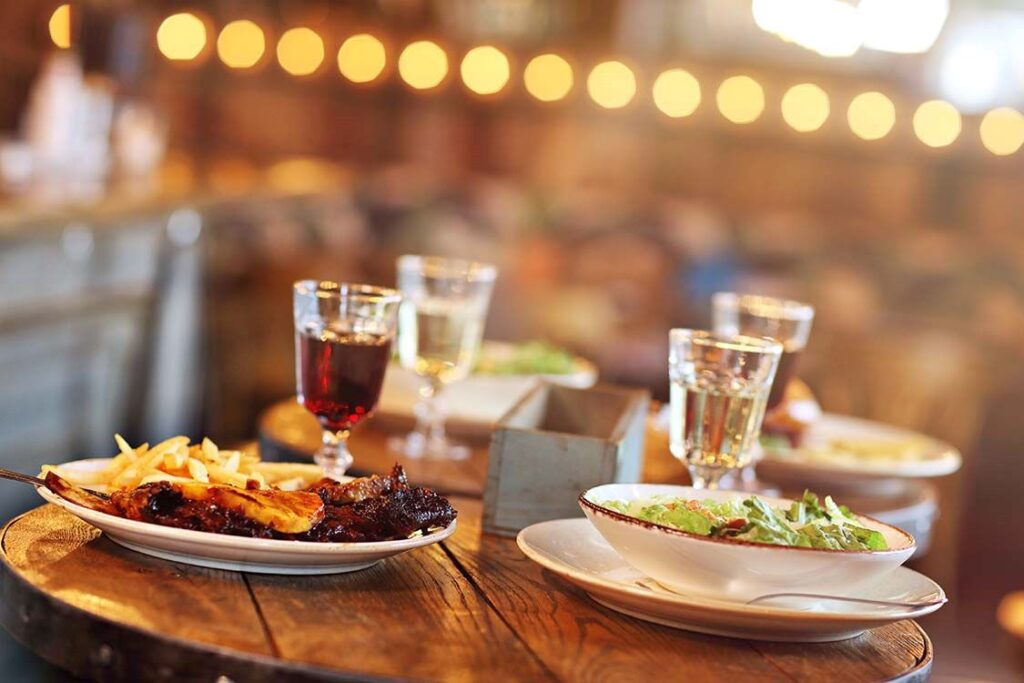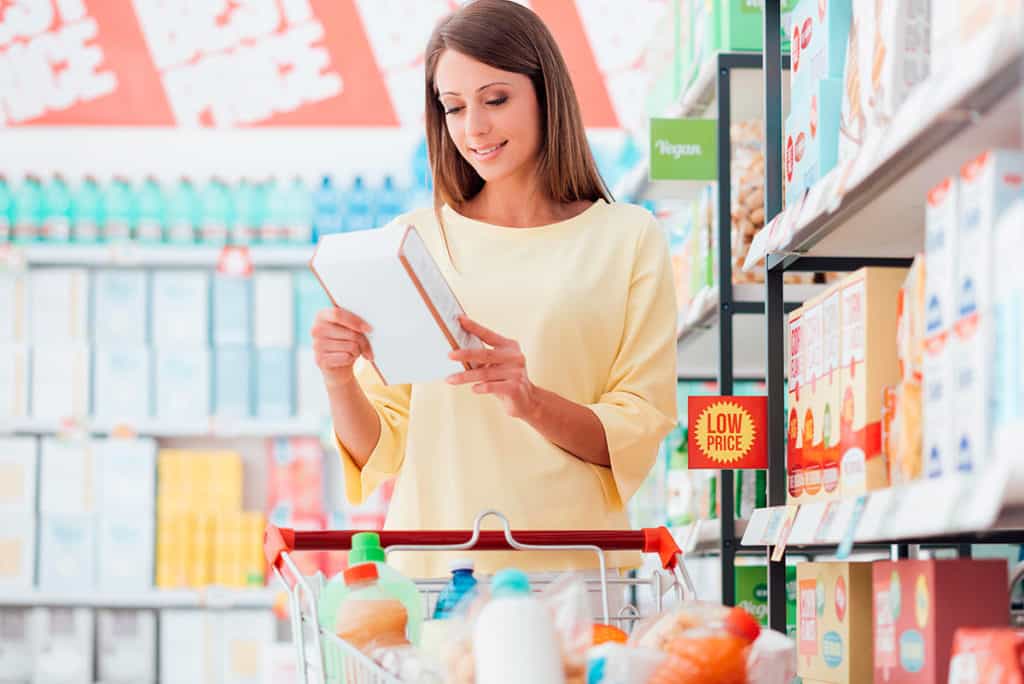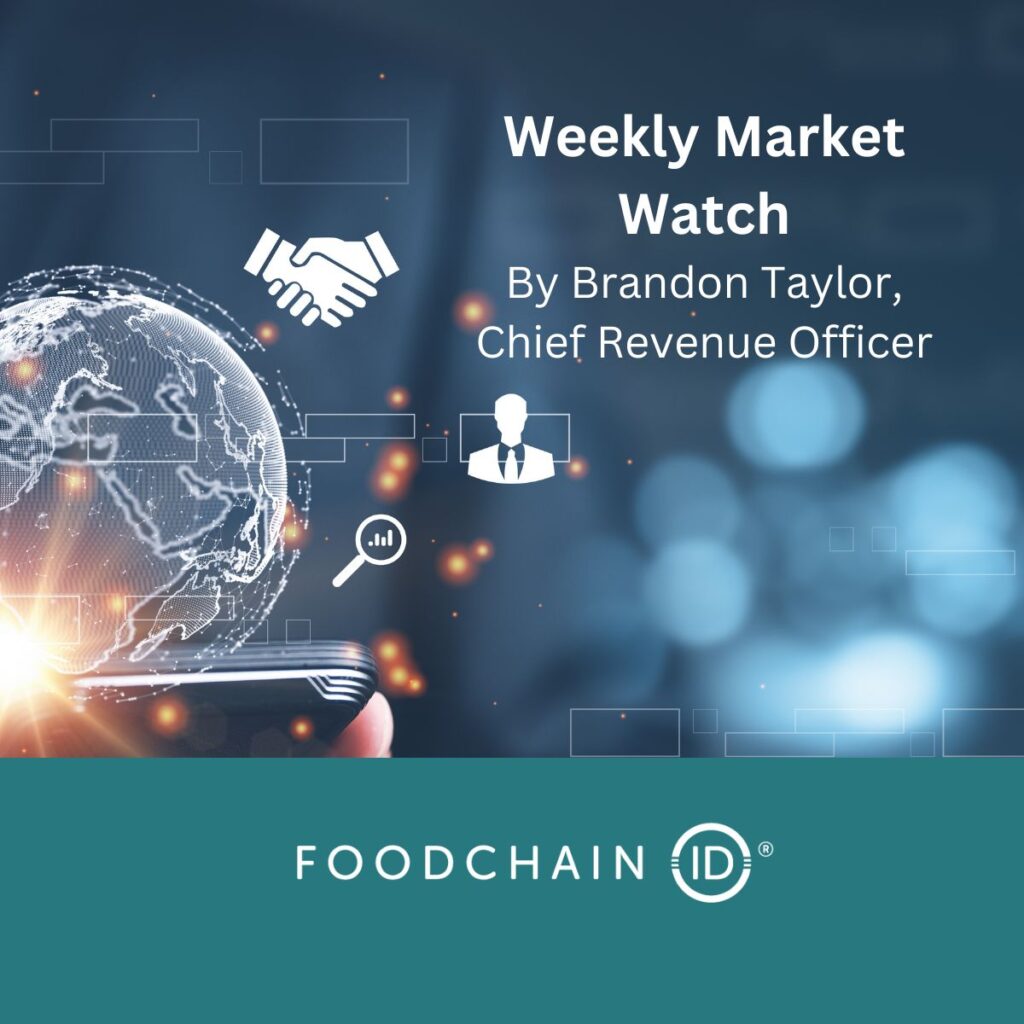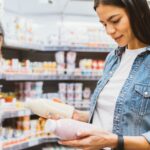
By Brandon Taylor, Chief Revenue Officer
RETAIL
Grocers are Replicating the Restaurant Experience in Retail
When USA retailer Hy-Vee opened its largest supermarket to date this past summer in Gretna, Nebraska, USA, customers were greeted by a large food hall in addition to numerous aisles of groceries.

At the food hall, customers found an expanded breakfast menu, a pub with 32 taps and several fast-casual offerings including Mia Italian, HyChi and Hibachi, Nori Sushi, Market Grille Express, Long Island Deli and a Wahlburgers. The 135,000-square-foot store offers indoor seating situated near the food hall, while the pub has sit-down options along with an outdoor patio.
Hy-Vee’s food hall is an example of one of the ways that grocers are getting creative as they look to snap up more of consumers’ meal dollars during record inflation. Some grocers have long brought restaurants and bars to their customers with their own in-store brands, such as Wegmans’ cafes, restaurants and burger bars; H-E-B’s True Texas BBQ in-store restaurant chain; and Southern California chain Gelson’s wine bars.
Source: Grocery Dive
CONSUMER BEHAVIOR
Two Methods for Brands to Deliver on “Planned Impulse” Occasions
For manufacturers and retailers to increase sales and build brand loyalty, it is crucial to understand the reasons behind consumer purchase decisions. While such decisions are often complex and multifaceted, purchase behavior typically falls under one of two behavioral types ‒ planned or impulse.
At the intersection of these two purchase behaviors are “planned impulse” purchases, which reflect elements of need-based purchasing as well as unplanned decisions in store. Brands can leverage two proven methods for increasing sales of “planned impulse” purchase.

Value for Money: The consumer desire for a good deal is ever present. Retailers can offer prominent displays that showcase value, with tools such as:
- Price-marked packs
- Bundled deals
- Loyalty pricing
Controlled Supply: FOMO (Fear of Missing Out) can justify impulse purchasing if shoppers feel they will need the item purchased eventually. Promotions include:
- Social media offers
- Influencer partnerships
- Limited edition products
Source: GlobalData
Plastic Pollution Reduction Progress
The biggest global voluntary effort to tackle plastic pollution and waste shows it is possible to make progress on a pressing environmental issue, according to the Ellen MacArthur Foundation.
Since 2018, more than 1,000 organizations have signed on to the Global Commitment, led by the Foundation in partnership with the UN Environment Program, to stop plastic packaging from becoming waste.
Over the past five years, business signatories – representing 20% of the world’s plastic packaging industry – have significantly outperformed their peers in taking positive action to tackle plastic waste.
However, a large part of industry is not yet taking action and some business signatories are likely to miss key 2025 goals, showing more collaboration is needed.
Source: Ellen MacArthur Foundation








